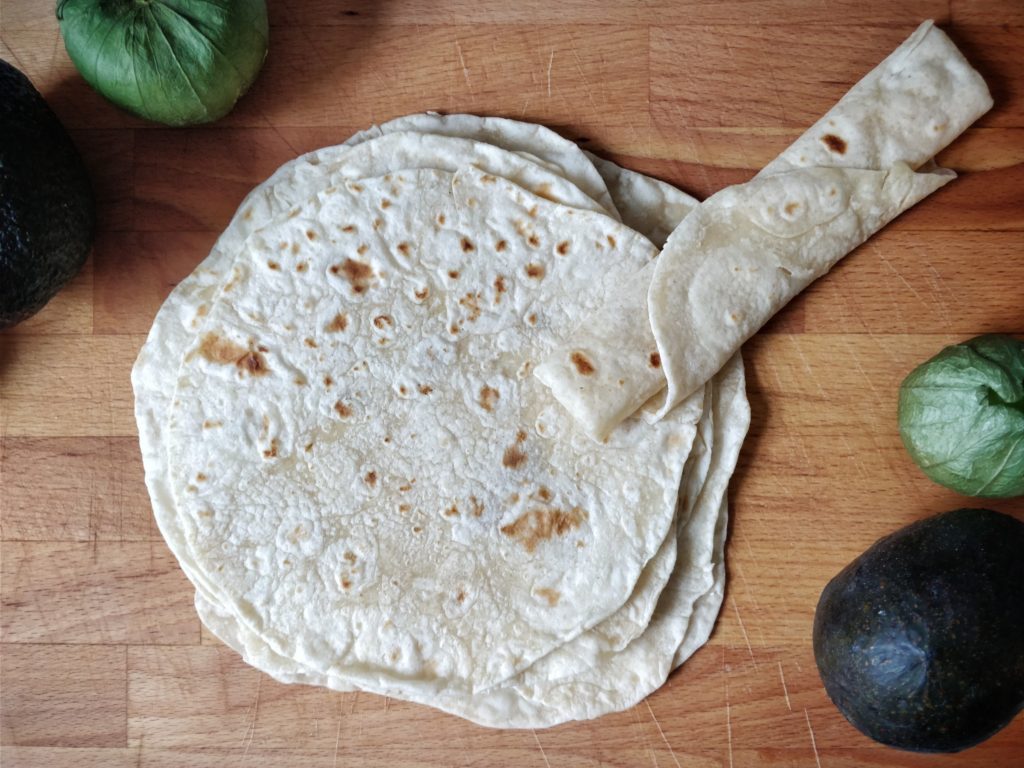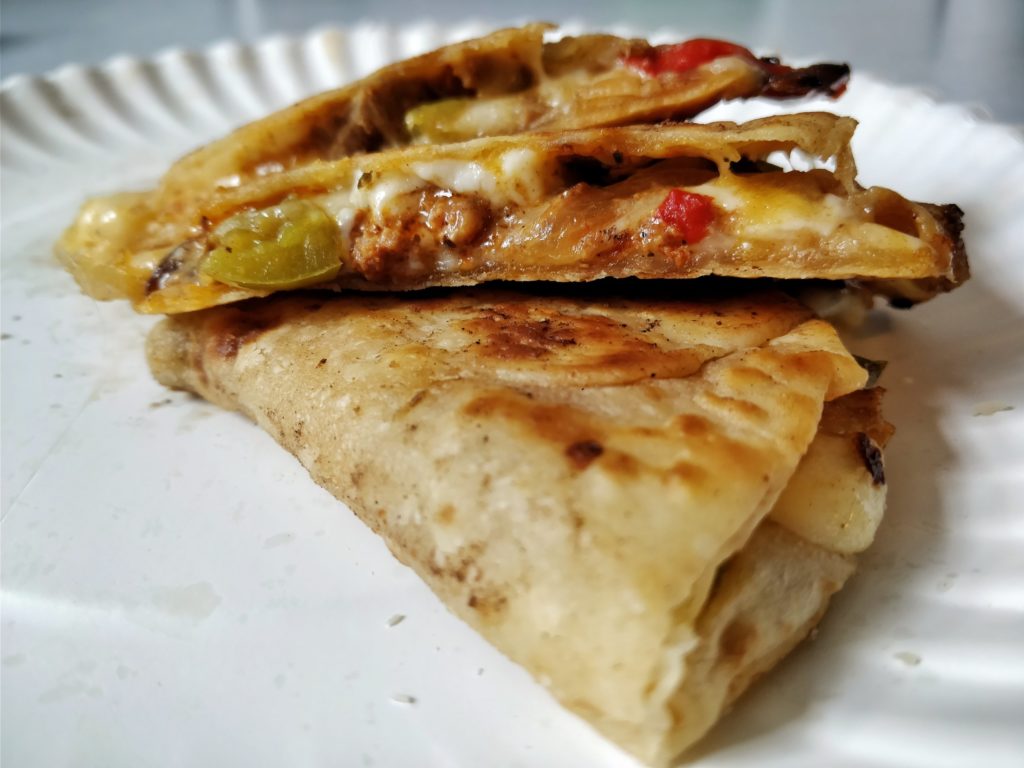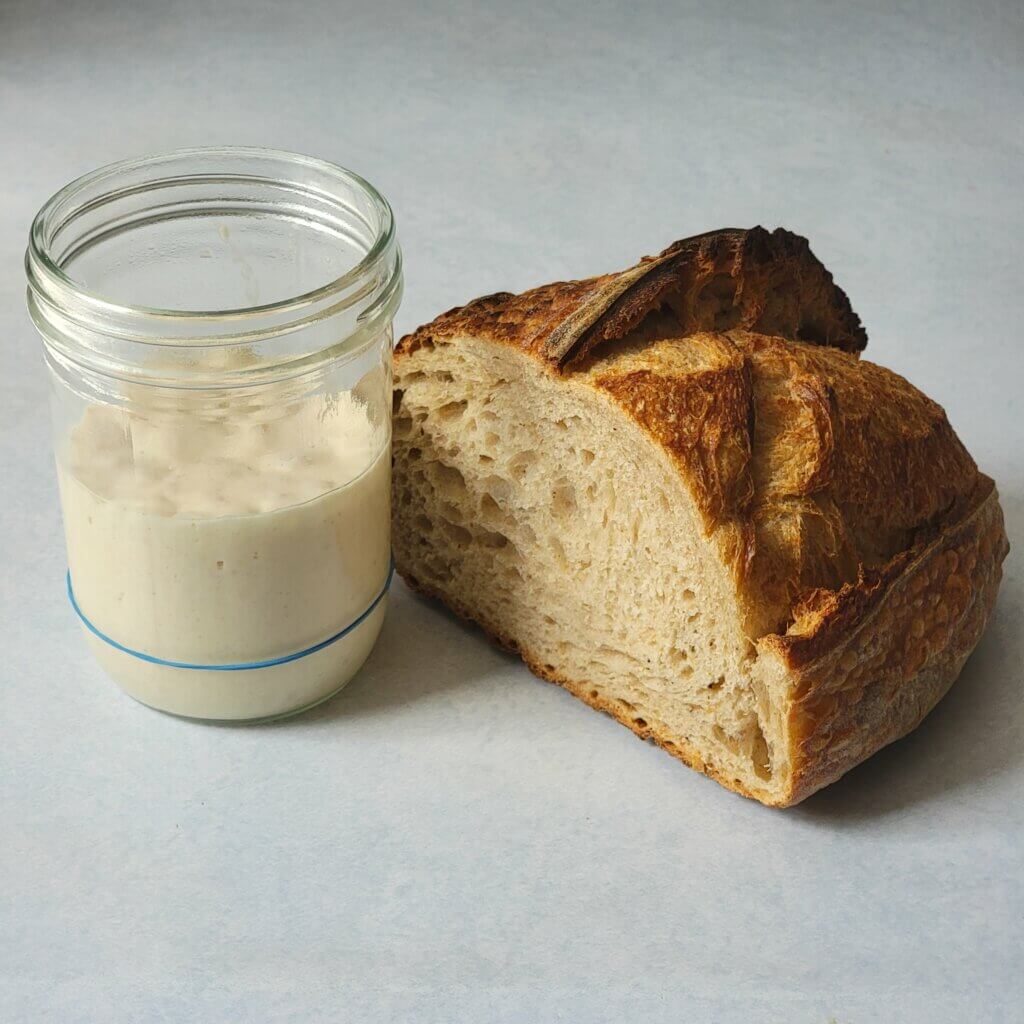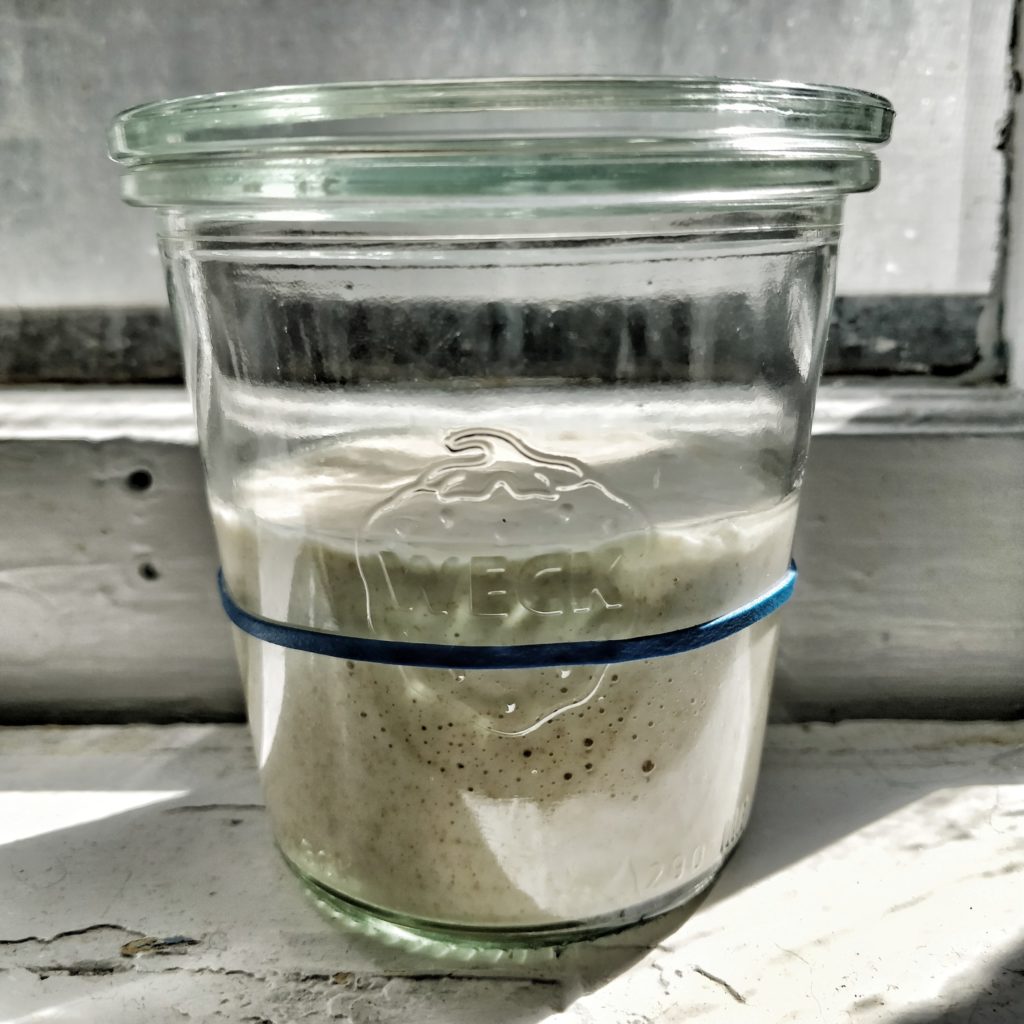Sourdough Discard Tortillas

Tortillas are such a simple food that they can easily be overlooked as something you should try making at home. After all, why bother? Wouldn’t you rather spend the time making better stuff to put in the tortilla? Well, it may not sound convincing, but you wouldn’t think that way if you had fresh tortillas before!
And besides, you’ve been keeping your sourdough discard in the fridge but the jar is getting full and you really need to figure out what to do with it… other than, of course, Sourdough Discard Waffles or Sourdough Discard Crepes. Well look no further, discard is useful for more than just breakfast!
This recipe is much simpler than others I’ve posted because, well, tortillas are simple foods. They were originally made with masa, a kind of dough made from corn treated with an alkali (without which, corn does not form a dough when whetted), and were a staple of Mesoamerican diets for centuries before contact with Europeans. After wheat was brought to Central America, wheat flour tortillas became common in the northern areas where wheat grows well. Perhaps because wheat flour tortillas are so much simpler to make!
All you need to make a wheat flour tortilla is flour, water, fat, and salt. You may have seen other recipes insisting on the use of baking powder, and maybe those recipes are better for it, but we’ll be using the inherent leavening power of our discard instead. You might not be able to bake a stellar loaf of bread from it, but it’s enough for one of the flattest flat breads on Earth!
As with most of my discard recipes, I start with 200g of discard and work out the rest from there. That basically means I’ve got 100g water and 100g flour already accounted for in whatever recipe I’m adapting, but there are other factors to consider, one of which is gluten. Our discard is basically over-fermented dough, and it’s gluten-forming power has been exhausted. Which means that, if we need gluten to provide shape or elasticity* to the final product, we need to add additional flour. I started at a ratio of 1:1 discard flour to added flour and had great results.
If you want a larger batch than just 8 tortillas bit don’t have more than 200g of discard, just make up the difference with flour and water at the standard 100% hydration, 1:1 flour to water by weight. I have not tested how diluted the discard can be because I’m only cooking for two, and 8 is generally plenty.
Rolling Them Flat
You are unlikely to have perfectly round tortillas the first few times you make them (or, potentially, ever), but I see that as part of their charm. I think the trick is to roll them out gently; don’t try to flatten it entirely in one go. Watch this video for some tips. A small rolling pin probably helps, but I only have a large one and I did ok.
They Cook Quick!
It should only take between 15-30 seconds per side to cook each tortilla. This doesn’t mean that your skillet should be crazy hot, just a medium heat will do fine. If you find that they are getting darker than what is pictured here, you should probably turn the heat down… unless you like them that way!
Sourdough Discard Tortillas
- 100g flour
- 50g fat (lard/butter/oil)
- 3g salt
- 200g sourdough discard
- If using solid fat (lard, butter), cut fat into flour and crumble finely with your fingers.
- Combine with salt and discard until a shaggy dough is formed. It might seem too wet at this point—be patient! As the gluten develops, it will become less sticky.
- Cover with a damp towel and allow to autolyse for 30 minutes.
- Knead dough a few minutes until smooth. The dough may still be slightly sticky; I find that a one-handed slap and fold works pretty well.
- Roll into a log and cut into 8 even segments. Form each into a smooth ball, coat lightly with flour, and cover again with a damp cloth for 10-20 minutes, or long enough for your pan to preheat.
- Heat cast iron skillet over medium heat. Lightly flour your work surface (I highly recommend a large butcher block or other wooden surface, the flour adheres better and the dough does not stick). Place one dough ball on top, smash down evenly with your hand into a round pancake, sprinkle more flour, and gently roll out as thin as you can without tearing it.
- Place rolled out dough flat on the skillet (sometimes harder than it sounds) and wait for bubbles to form, about 15-30 seconds. Once there are a few light brown spots on the bottom, flip and cook for another 15-30 seconds, until light brown spots form on the other side.
- Place each tortilla into an open plastic bag lined with paper towels as you make them so they steam themselves and remain soft.




